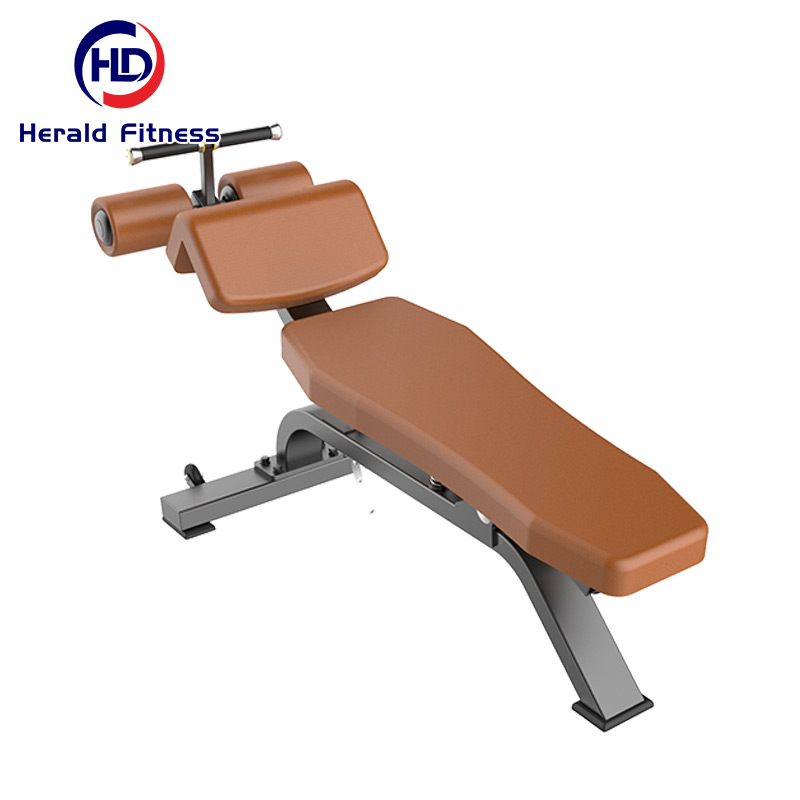The Decline Adjustable Bench is a versatile piece of gym equipment designed to facilitate various strength training exercises with a focus on targeting the lower portion of the chest, as well as other upper body muscles. Its adjustable feature allows users to modify the angle of the bench to accommodate different exercises and workout preferences. Here’s an introduction to its features, benefits, and proper usage:
Features of the Decline Adjustable Bench
- Adjustable Backrest: Features an adjustable backrest that can be set to a decline angle, allowing users to perform exercises that target the lower chest and other muscle groups.
- Sturdy Frame: Constructed with a robust frame made from steel or heavy-duty materials to ensure stability and safety during use.
- Cushioned Padding: Includes thick, durable padding on the backrest and seat to provide comfort and support during exercises.
- Secure Adjustment Mechanism: Equipped with an easy-to-use adjustment system, such as pins or levers, that allows users to quickly and securely modify the bench angle.
- Foot Support: Often includes adjustable foot supports or rollers to help stabilize the user’s body and maintain proper form during decline exercises.
Benefits of Using the Decline Adjustable Bench
- Targeted Chest Development: Ideal for performing decline bench presses and decline dumbbell presses, which specifically target the lower portion of the pectoral muscles.
- Variety in Training: Allows for a range of exercises, including decline crunches and decline flyes, providing variety in upper body and core workouts.
- Enhanced Muscle Activation: The decline angle changes the angle of resistance, helping to engage different muscle fibers and improve overall muscle development.
- Improved Strength and Definition: Contributes to building strength and muscle definition in the chest, shoulders, and triceps.
- Adjustability: The ability to adjust the angle of the bench allows for customization of workouts and helps to target muscles from various angles.
Proper Usage
- Setup: Adjust the backrest to the desired decline angle using the adjustment mechanism. Ensure the bench is positioned on a stable surface and that the padding is secure and in good condition.
- Starting Position: Sit or lie on the bench with your back angled downward. Your feet should be securely placed on the foot support or floor, and your body should be aligned with the bench.
- Execution: Perform the desired exercise by following the proper movement pattern. For example, in a decline bench press, grip the barbell with hands slightly wider than shoulder-width apart, lower the barbell to your chest, and then press it back up to the starting position.
- Breathing: Exhale during the exertion phase of the exercise (e.g., pressing the barbell up) and inhale during the return phase.
- Repetitions: Perform the desired number of repetitions and sets based on your training goals.
Tips for Effective Use
- Warm-Up: Warm up your muscles with light exercises or stretches before using the bench to prevent injury and improve performance.
- Proper Form: Maintain proper form during exercises to maximize effectiveness and reduce the risk of injury. Keep your back flat against the bench and avoid arching excessively.
- Controlled Movements: Perform exercises with slow and controlled movements to ensure proper muscle engagement and prevent strain.
- Weight Selection: Choose a weight that allows you to complete your repetitions with good form. Gradually increase the weight as you build strength.
- Adjustments: Ensure all adjustments are securely locked in place before starting your workout.




















































Reviews
There are no reviews yet.